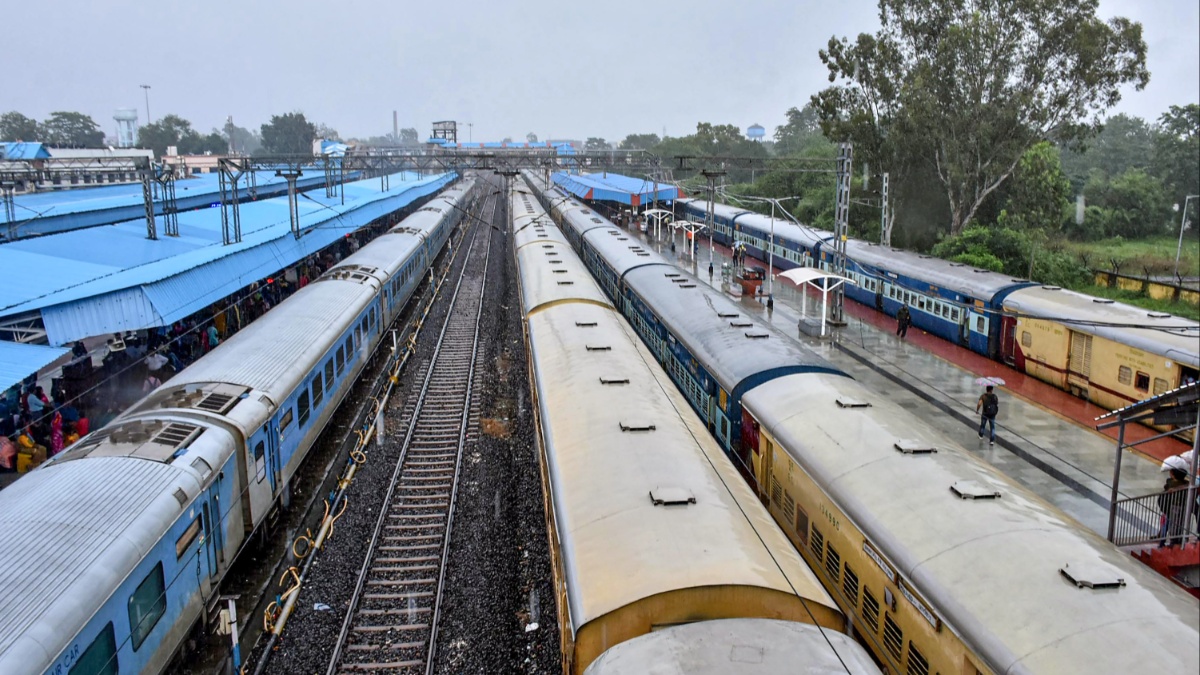Odisha train accident: What is Kavach technology in Railways that could have prevented mishap | EXPLAINED
The indigenous Automatic Train Protection (ATP) System known as 'Kavach' was announced by the Ministry of Railways on March 23, 2022, as a significant step toward improving train safety in India.

The crash on Friday that involved a goods train, the Bengaluru-Howrah Superfast Express, and the Shalimar-Chennai Central Coromandel Express have resulted in at least 238 deaths and over 900 injuries.
Although the cause of the crash is unknown, sources suggest a signaling failure.
"The rescue operation has been completed. Now, we are starting the restoration work. Kavach was not available on this route," Indian Railways Spokesperson Amitabh Sharma said.
The rail route is currently introducing "Kavach", an anti-train collision system, across its network.
The most common cause of train collisions is a loco pilot jumping a signal (Signal Passed at Danger, or SPAD), which triggers an alert from Kavach.
When it detects another train on the same line within a predetermined distance, the system can notify the locomotive pilot, control the brakes, and automatically stop the train.
Following a head-on collision between two goods trains in Uttar Pradesh in February, the railways began a month-long safety campaign to prevent derailments and loco pilots overshooting signals.
Senior officers from the Railway Board, zonal railways, and divisions were instructed to visit various sections, crew lobbies, maintenance centers, work sites, and other locations as part of the drive and carry out a "thorough review of the working practices" to ensure that the safe operation and maintenance practices established to avoid accidents and unusual events are followed.
What is the Kavach system?
The indigenous Automatic Train Protection (ATP) System known as 'Kavach' was announced by the Ministry of Railways on March 23, 2022, as a significant step toward improving train safety in India.
The Research Designs and Standards Organisation (RDSO) developed Kavach with three Indian vendors and made it the National ATP System for Indian Railways.
Kavach was developed to support train operations in adverse weather conditions like dense fog and to assist locomotive pilots in avoiding Signal Passing At Danger (SPAD) and overspeeding.
The system ensures better control over the train's speed and prevents potential accidents by automatically applying brakes when necessary.
The vital elements of the Kavach framework include programmed brake application in case the training pilot neglects to act, and the arrangement of line-side signal display in the lodge for further developed permeability in foggy circumstances.
On the 250-kilometer Lingampally–Vikarabad–Wadi and Vikarabad–Bidar sections of the South Central Railway, Kavach underwent trials. Three vendors were approved for additional development orders on the Indian Railways network after successful trials.
The development of Kavach has cost a total of 16.88 crore rupees.
The New Delhi–Howrah and New Delhi–Mumbai sections of Kavach's rollout are scheduled for completion in March 2024.
The lessons learned from the initial implementation will serve as the foundation for future expansion.
Kavach hit the news after an occurrence in the Balasore locale of Odisha, one of the most devastating train calamities in the chronicles of India's rail line history.
In a series of events, three trains collided, claiming the lives of at least 238 people and injuring over 900 others. This was an alarming loss of life.
In the midst of the repercussions of the occurrence, it remains unclear whether any of the trains engaged in the crash were furnished with the Kavach framework.
Now, a lot of people are arguing that Kavach would have stopped the accident. However, at the moment, it appears that nothing is known.
Also Read | Odisha train accident: Here's what unfolded so far in one of India's deadliest rail mishaps | 10 POINTS
Also Read | Odisha Train Accident: Death, despair, destruction - aerial video shows magnitude of tragedy | WATCH